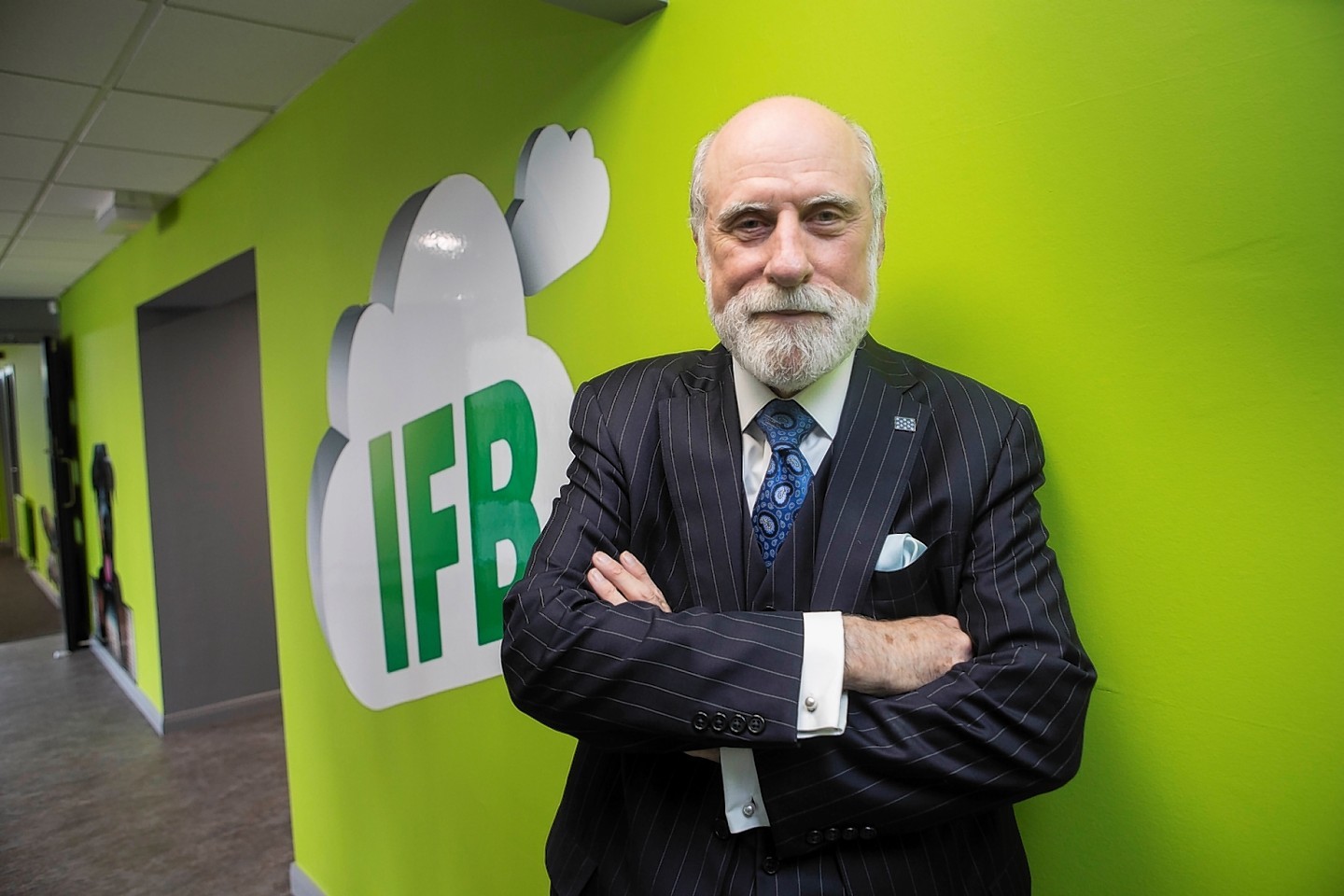The man credited as being one of the fathers of the internet and who is now a leading light at search engine giant Google yesterday playfully dismissed claims that artificial intelligence might one day surpass that of humans.
Responding to questions, Vinton “Vint” Cerf, who is Google’s Chief Internet evangelist, said increasingly complex combinations of data and software would not lead to the development of a self-aware synthetic intelligence like that featured in movies like “Terminator” despite the “quasi-intelligent” nature of smart devices and systems.
“We don’t see it that way,” said Mr Cerf, who pointed to new wearable technologies like Google glass as taking a helpful role to users.
“We see software systems as tools to assist us in ways we couldn’t do on our own. Every time you do a Google search there’s a lot of artificial intelligence that is being executed in order to figure out what is relevant to you and what is relevant about the data that has been accumulated by indexing the world wide web. I see this as a step in the direction of intelligent assistance.”
In a video interview with the P&J he also warned people of thinking things they digitise today, like photographs, music, video and documents, may not mean they are available for years to come.
Mr Cerf, who started working with a range of collaborators in California in the 1970s, was the first to make different computer networks communicate to each other in what would eventually become the internet.
Mr Cerf was in the Granite city to officially open the new headquarters of internet service provider Internet For Business (IFB) in Altens.
Guests at the breakfast meeting were treated to an insightful overview of the development of the internet, from the first time digital data “packets” travelled across a network in 1974 to Mr Cerf’s more recent work on the development of the interplanetary internet.
Mr Cerf, who said he receives a text message when his wine cellar rises above a certain temperature, admitted he did not initially envisage items such as refrigerators and photo frames being connected to the internet.
“Back in the early 1970s it never occurred to me that anybody would connect their refrigerator to the internet.”
While in Aberdeen, Mr Cerf also visited Robert Gordon’s College where he spoke to pupils interested in Computing Science and Business Studies at the new Wood Foundation Centre for Science and Technology, the largest school centre for STEM education in the UK.
Simon Mills, Head of Robert Gordon’s College said “We are honoured to have had Vint Cerf visit our campus. Our vision at Gordon’s is to prepare pupils for life, broaden their horizons and encourage them to ‘Be the Best They Can Be’.
“Vint is an exceptional and inspirational role model to pupils and staff and he excelled in sharing his journey of how he has become world class in a field he greatly enjoys.
The internet pioneer is due to receive an honorary degree from St Andrews University tomorrow on Wednesday, June 24.
